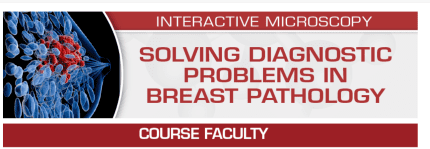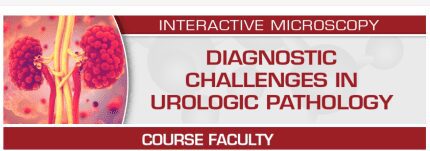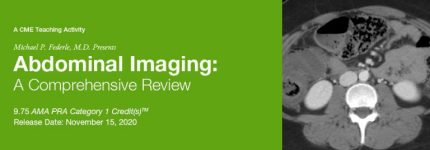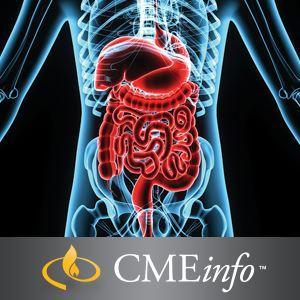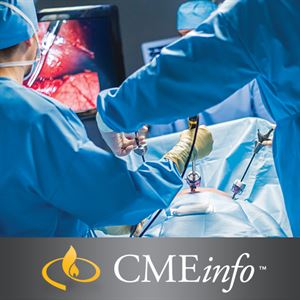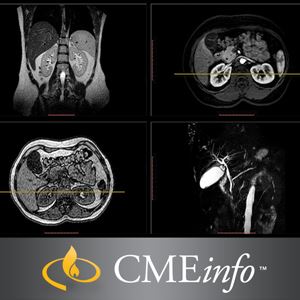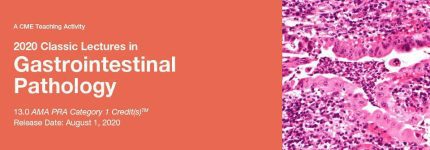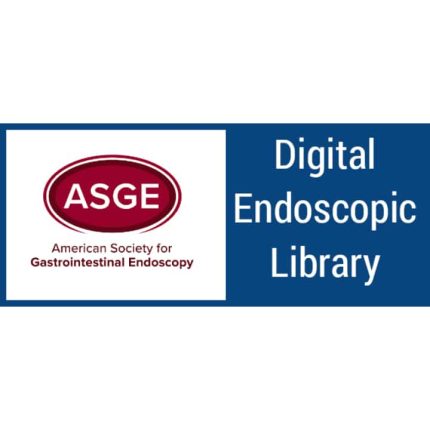Product Overview & Details for USCAP Pearls, Challenges and Updates in Daily Gastrointestinal Pathology Practice 2024
Videos+PDF
Original release date: January 3, 2024Course Description
Join four gastrointestinal (GI) pathologists as they discuss cases of commonly encountered, yet challenging areas in GI pathology. Participants will explore the GI tract from the diagnosis and assessment of dysplasia to inflammatory disorders, iatrogenic injury, neuroendocrine neoplasms, appendiceal pathology, mesenchymal tumors, and polyps. Faculty will discuss how to recognize common inflammatory conditions and their mimics, look for evidence of drug induced mucosal changes in the retrieved GI specimens, and discuss other challenging situations that may lead to diagnostic error.Learning Objectives
Upon completion of this educational activity, learners will be able to:Dysplasia Throughout the GI Tract – Alexandros D. Polydorides, MD, PhD
Section: 1 Presentation 1 Document 1Inflammatory Bowel Disease – Alexandros D. Polydorides, MD, PhD
Section: 1 Presentation 1 Document
Join four gastrointestinal (GI) pathologists as they discuss cases of commonly encountered, yet challenging areas in GI pathology. Participants will explore the GI tract from the diagnosis and assessment of dysplasia to inflammatory disorders, iatrogenic injury, neuroendocrine neoplasms, appendiceal pathology, mesenchymal tumors, and polyps. Faculty will discuss how to recognize common inflammatory conditions and their mimics, look for evidence of drug induced mucosal changes in the retrieved GI specimens, and discuss other challenging situations that may lead to diagnostic error.Learning Objectives
Upon completion of this educational activity, learners will be able to:
- Evaluate specimens from patients with inflammatory bowel disease (IBD)
- Discuss criteria to recognize and grade dysplasia throughout the GI tract
- Recognize and generate a wider differential diagnosis for biopsies of inflammatory disorders of the GI tract, be able to resolve these differentials, and distinguish from drug induced injury
- Classify the neuroendocrine proliferations and neoplasms in the GI tract
- Diagnose neoplastic lesions of the appendix and distinguish these from their mimics
- Recognize mesenchymal tumors of the GI tract, and how to distinguish them from gastrointestinal stromal tumors (GIST) and its variants
- Describe the spectrum of GI polyps, including mixed polyps, syndromic polyps, serrated polyps, and malignant polyps
Section: 1 Presentation 1 Document 1Inflammatory Bowel Disease – Alexandros D. Polydorides, MD, PhD
Section: 1 Presentation 1 Document
Neuroendocrine Proliferations/Neoplasms – Melissa Taggart, MD
Section: 1 Presentation 1 Document
Appendiceal Pathology – Melissa Taggart, MD
Section: 1 Presentation 1 Document
Inflammatory Disorders of the Upper GI Tract and Mimics – Dipti Karamchandani, MD
Section: 1 Presentation 1 Document
Drug Induced GI Tract Injury – Dipti Karamchandani, MD
Section: 1 Presentation 1 Document
GIST, Variants and Mimics – Paul Swanson, MD
Section: 1 Presentation 1 Document
Polyps of the GI Tract – Paul Swanson, MD
Section: 1 Presentation 1 Document



